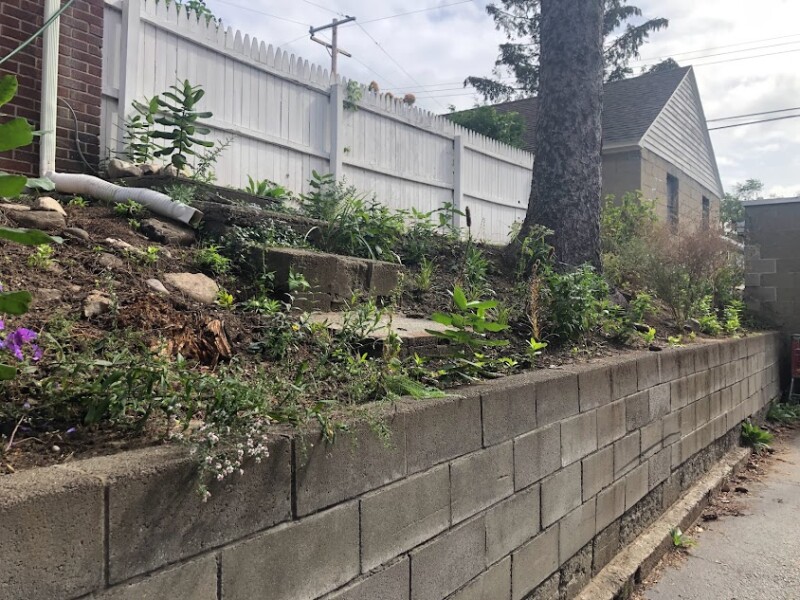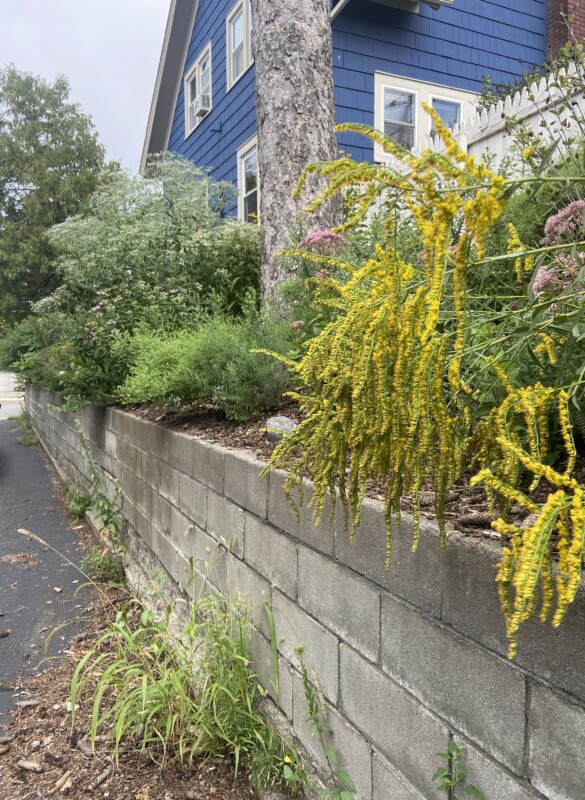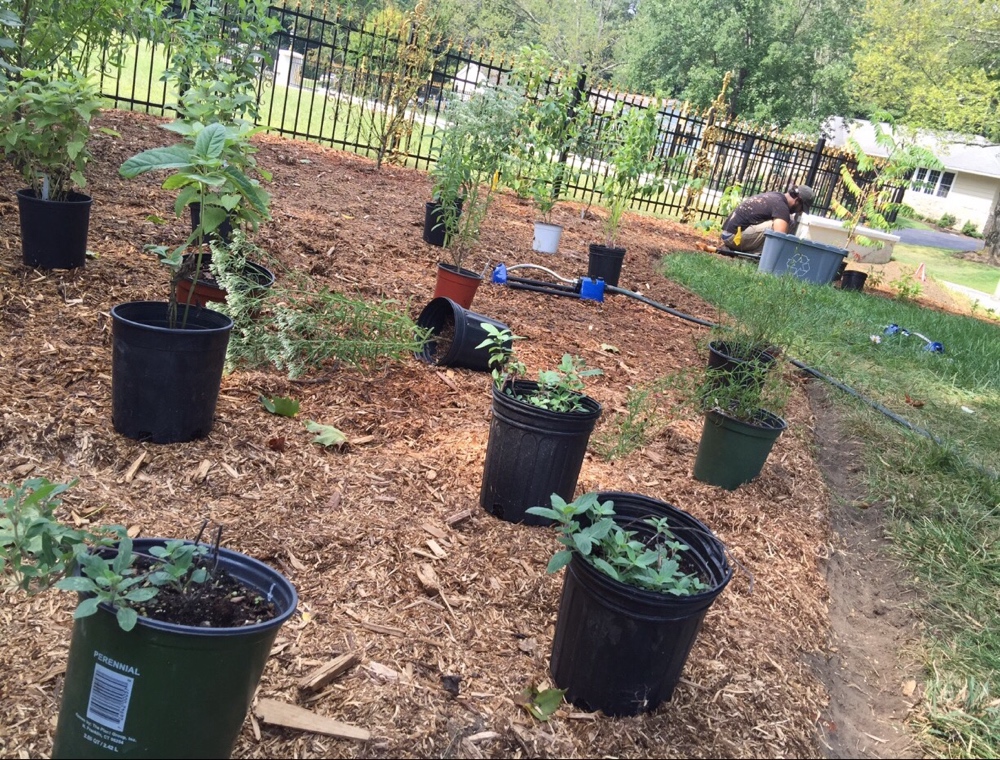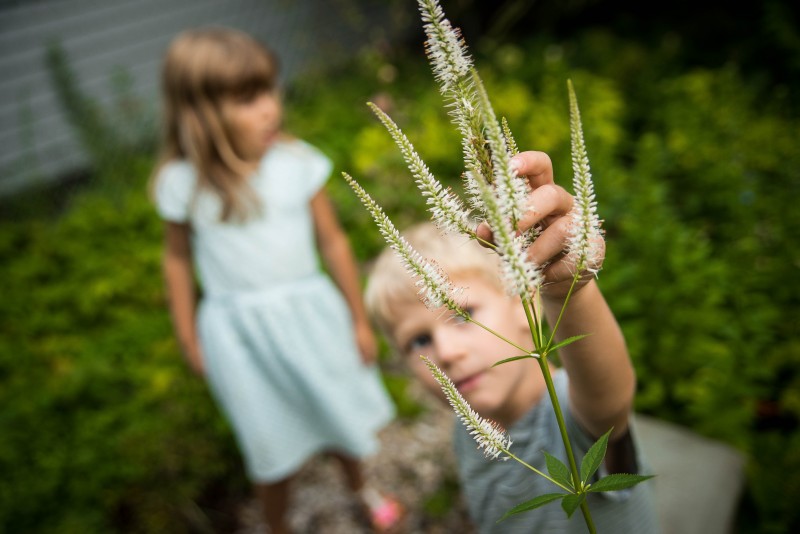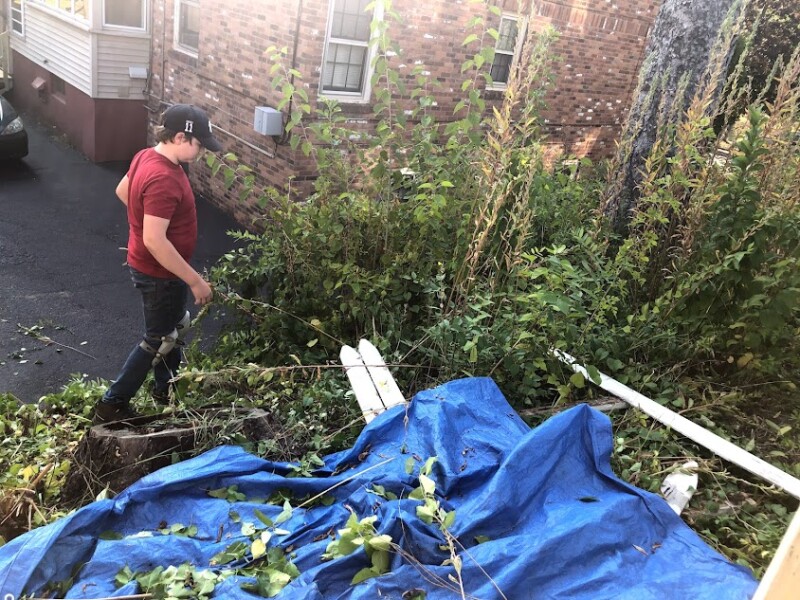
On a hillside in the SUNY Albany neighborhood, our team planned and executed a major transformation and restoration project. This urban garden was devastated by invasive weed infestations. Attention to soil health and quality was the key to the project’s success.
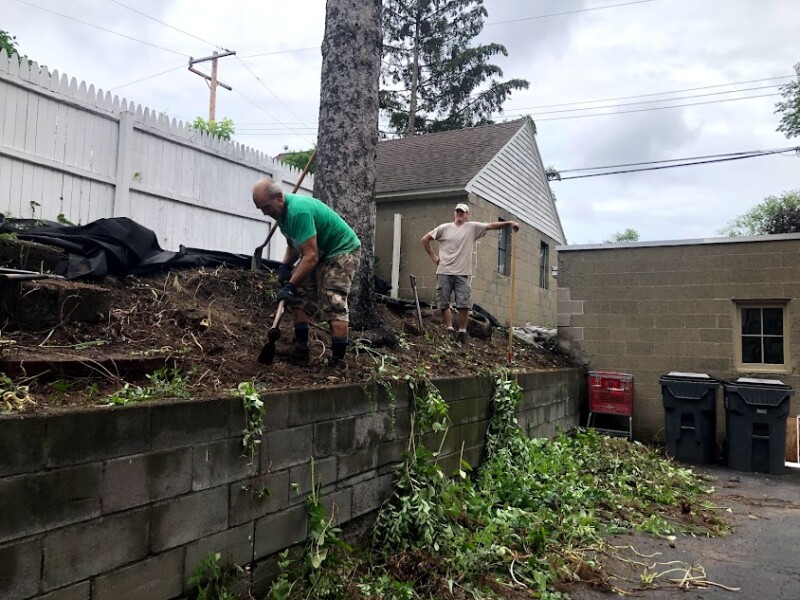
After we removed all the invasive plant material, it was time to address the soil mineral deficiencies. As a result of paying attention to the problem of poor soil quality, we were able to create a successful and beautiful native plants garden system. Restoring soil quality is the keystone action of all healthy land management. When there are glaring problems in soil quality, especially regarding nutrient deficiencies, there will be colonies of weeds to express and communicate this fact.
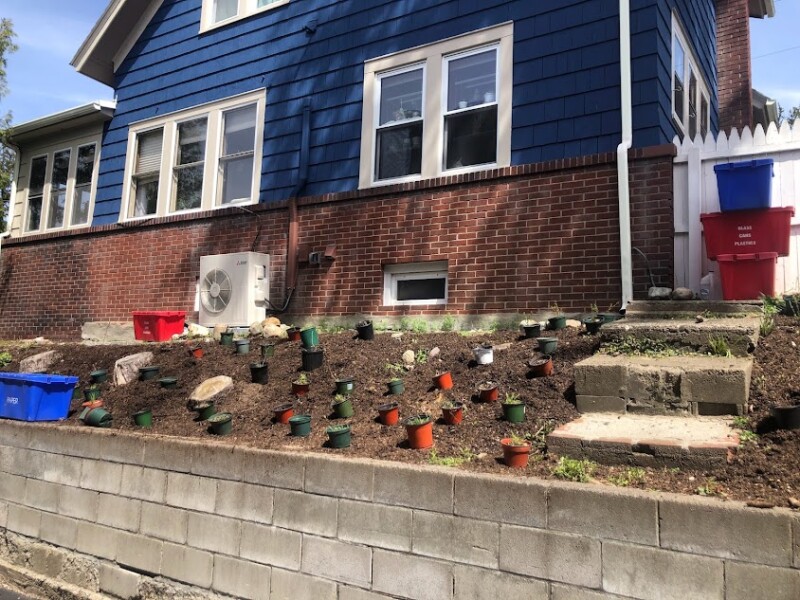
Weeds as Communication.
Hundreds of native species plants were added in the next step after we rescued the soil health. As a result of the soil remediation work, the land was restored to sanity. The native plants thrived. The thesis is that the weeds never would cease without the soil remediation phase. Healing the wounds in the soil was the critical step.
Consequently, we learned to view persistent, colonized weeds as a communication from the soil. Weeds have quirky preferences and idiosyncratic preferences. It’s possible to learn to interpret soil health just based on what weeds are growing pervasively in a site. Each weed- whether of invasive or indigenous provenance- indicates certain soil deficits and facets. Interpretation of these signals is a widely accessed permaculture skill, and also, it’s an entry to a higher level of land literacy.
